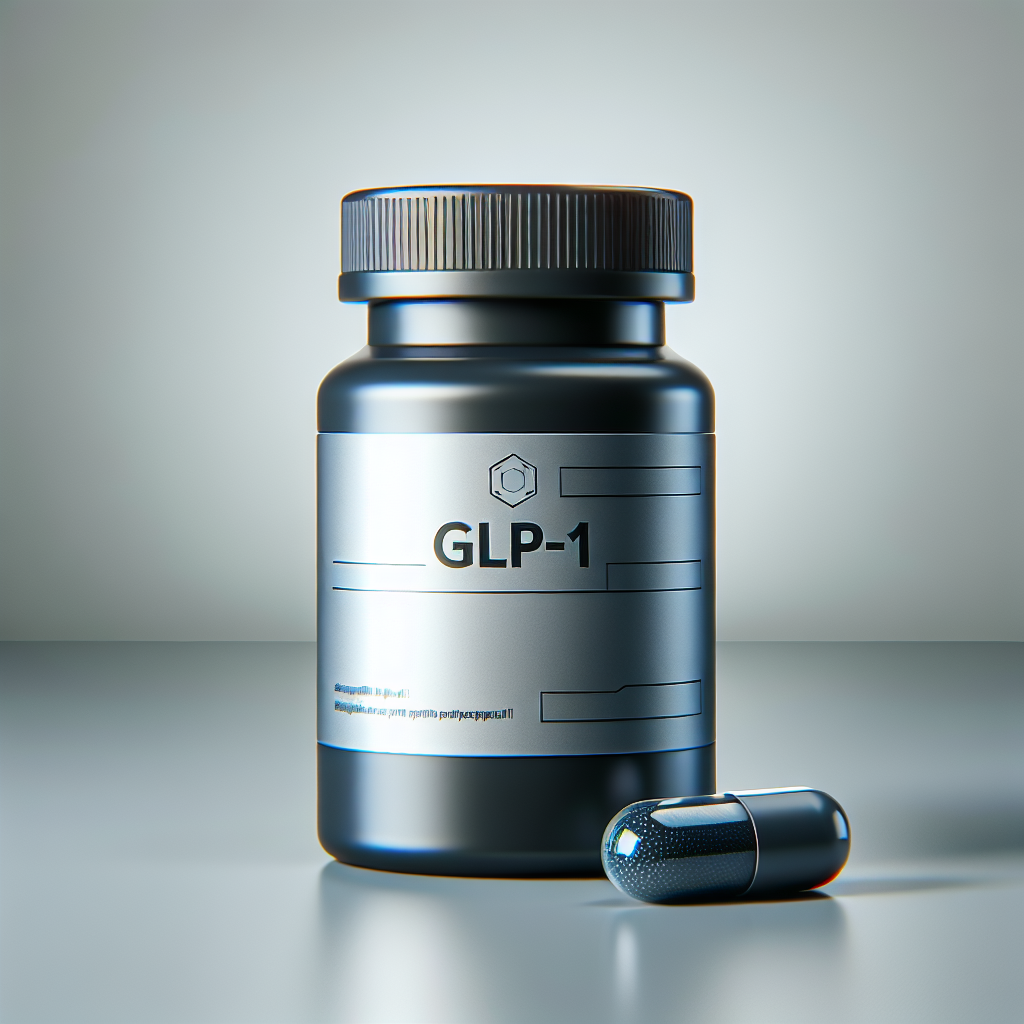The future of weight loss drugs might not be focused on weight loss alone.
Wall Street Journal pharma reporter Peter Loftus highlighted that the next wave of GLP-1 drug sales could be driven by discovering new medical uses for these treatments.
Novo Nordisk, which produces Ozempic and Wegovy, and Eli Lilly, the maker of Mounjaro and Zepbound, are the current leaders in the GLP-1 space. GLP-1 drugs mimic a gut hormone that regulates blood sugar and suppresses appetite. Initially sold to treat Type 2 diabetes, their use has expanded to help combat obesity.
However, some health insurers are still reluctant to cover these treatments solely for obesity, especially since they can cost up to $1,300 a month. In response, pharma companies are testing these drugs for broader uses, including potential treatments for heart, kidney, and liver diseases, to expand insurance coverage.
The Food and Drug Administration expanded the approved use of Wegovy in March to include reducing heart risks for adults who are obese or overweight. This allowed Medicare to cover the drug and made it accessible to about 3 million more Americans.
BMO Capital Markets analysts estimate that the new use of Wegovy for heart conditions will generate an additional $3.2 billion in annual sales for Novo Nordisk.
In April, Eli Lilly announced that the drug behind Zepbound was found to help alleviate sleep apnea in obese patients during late-stage clinical trials. The company plans to seek FDA approval to expand the drug’s use to include treating this condition.
Jefferies analysts estimate this could increase sales for Zepbound by $5 billion.
Derek Asay, senior vice president of value and access at Eli Lilly, explained that trials examining other uses for GLP-1 medications help build comprehensive evidence supporting their benefits beyond weight loss.
The high demand for these drugs has propelled Novo Nordisk and Eli Lilly to become the largest pharma companies in the world by market cap. This demand has led to ongoing shortages and significantly boosted Denmark’s GDP last year.
Morgan Stanley analysts expect the global market for these drugs to reach $105 billion by 2030.
